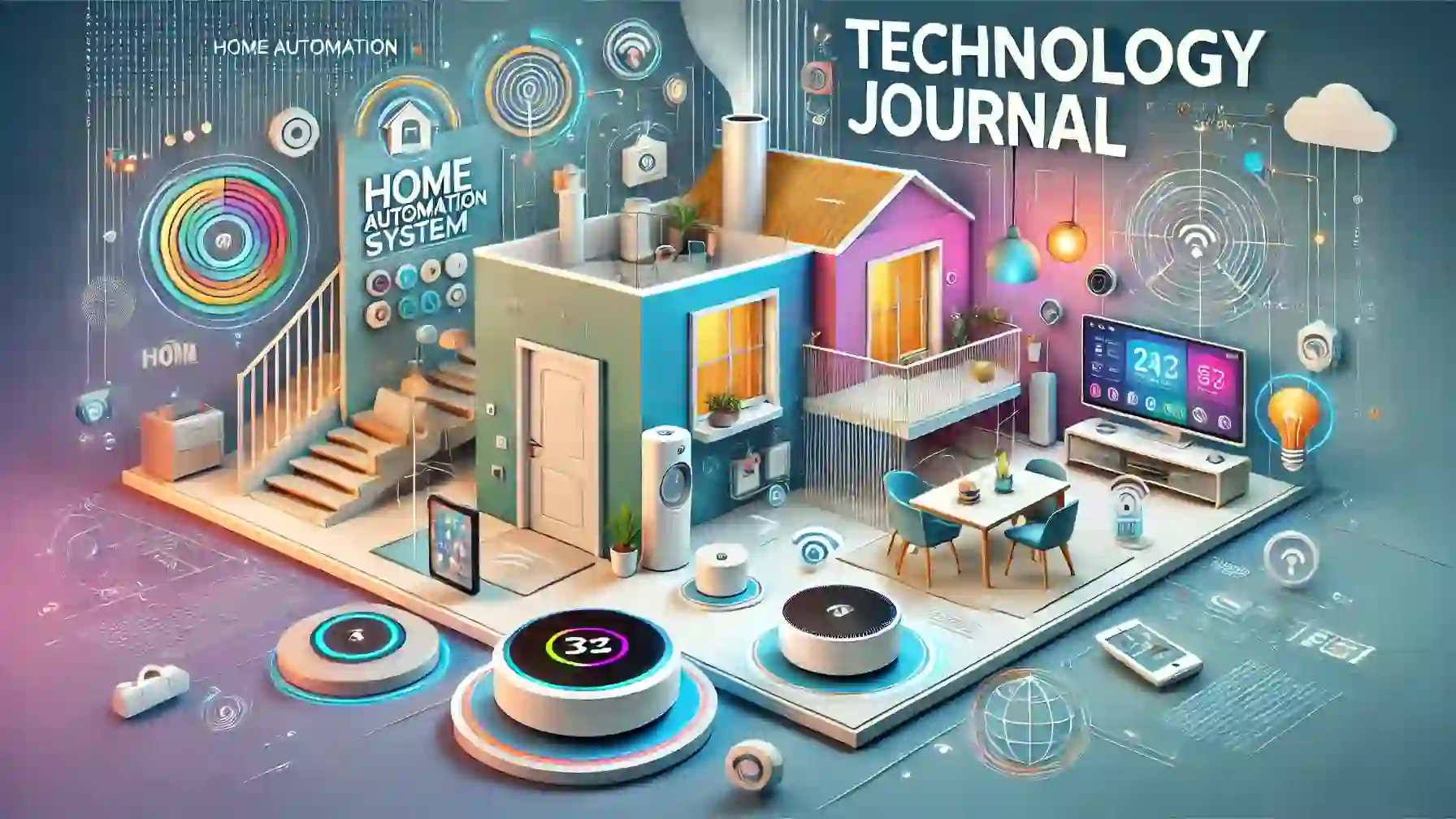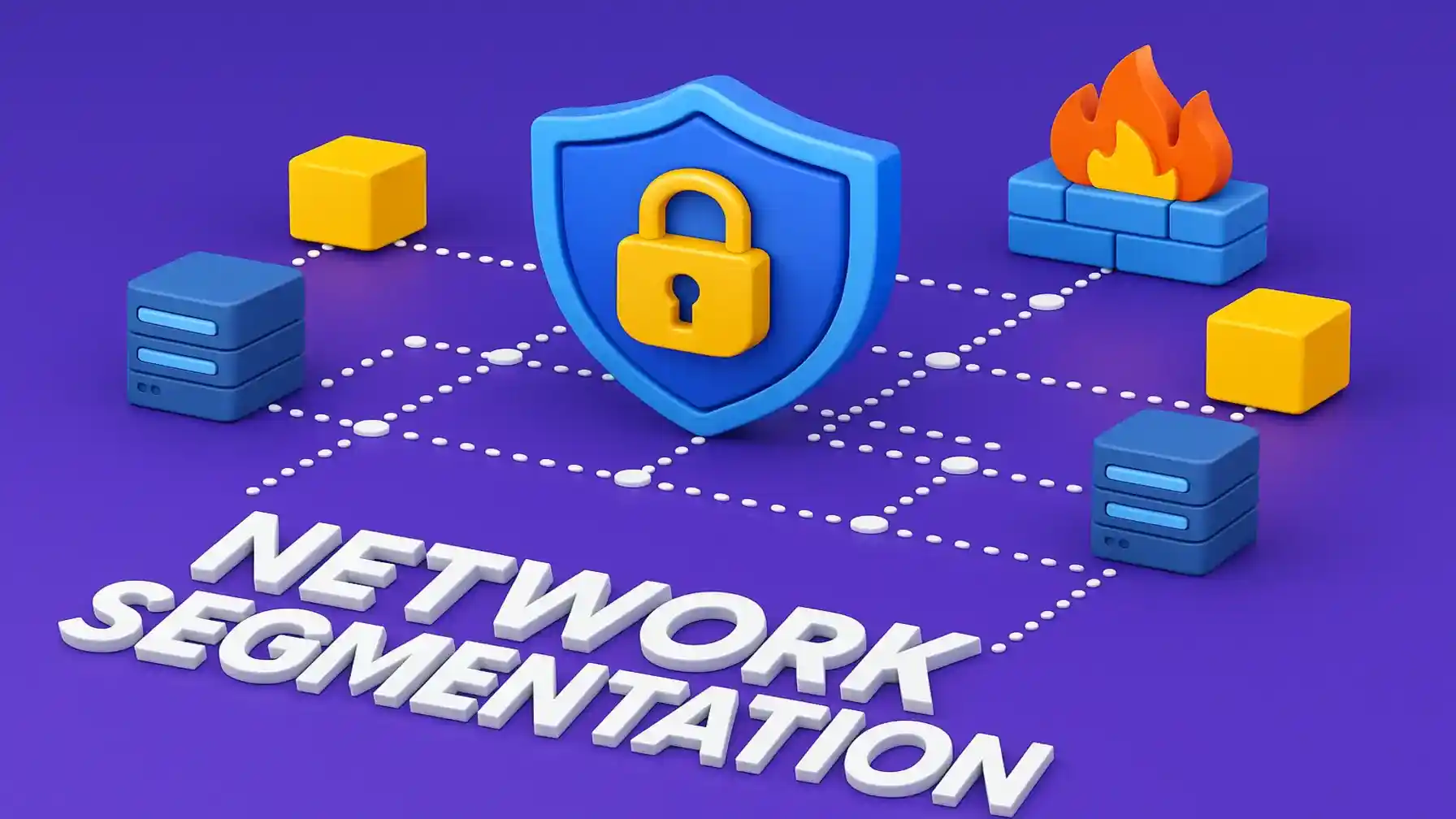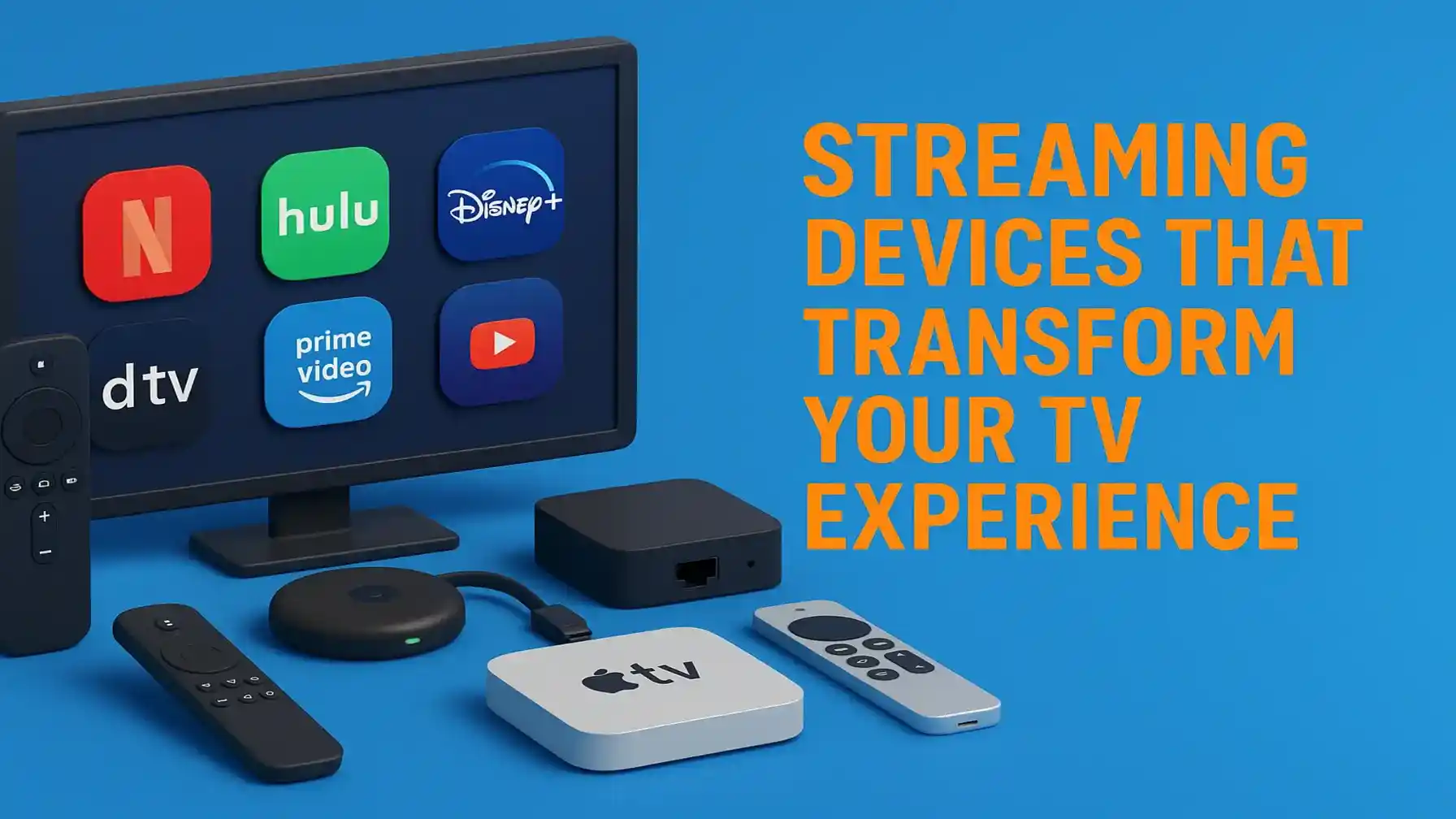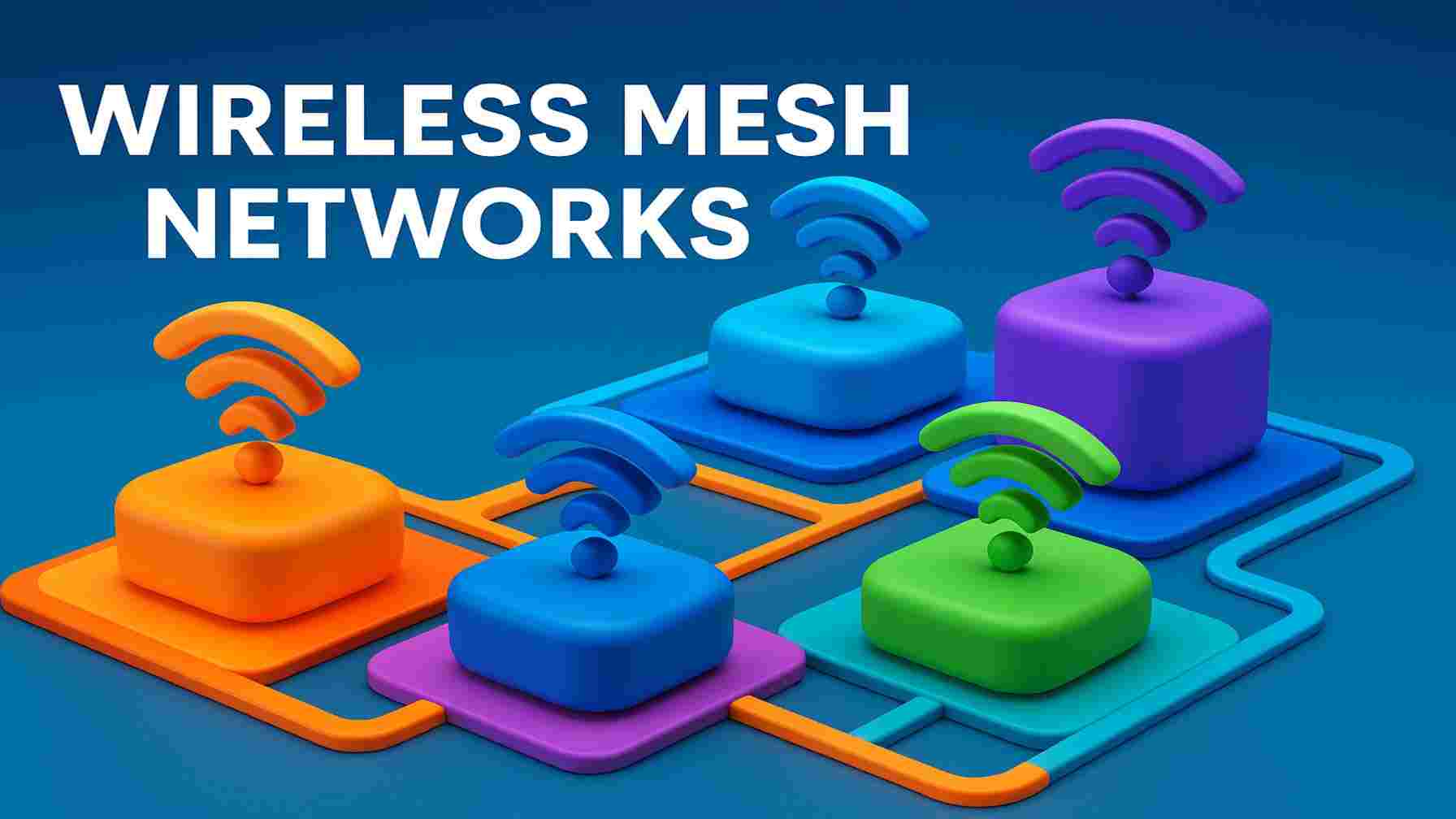Are you tired of mundane tasks and want to elevate your lifestyle? Home automation systems offer a gateway to a smarter, more convenient future. Picture a future where your home intuitively fulfills all your needs and wishes. With a simple voice command or a touch on your phone, you can effortlessly adjust lights, thermostats, and security systems. This advanced technology transforms your home into a customized haven of comfort and safety.
This detailed guide explores the realm of home automation, discussing its advantages, essential elements, and widely used systems. We’ll uncover how to choose the right system for your needs, set it up efficiently, and maximize its potential. Whether you’re a tech enthusiast or a home improvement novice, this blog post will provide you with valuable insights and practical tips to enhance your living experience.
The Basics of Home Automation Systems:
How Home Automation Systems work?
Imagine a world where your house responds to your every instruction. Home automation systems make this vision possible. At the heart of these systems lies a network of interconnected devices that communicate seamlessly, transforming your living space into a smart, efficient, and personalized environment. Whether you want to dim the lights for a movie night, adjust the thermostat from your bed, or monitor your home’s security remotely, home automation has you covered.
Also Read: Why We Still Use the Qwerty Keyboard in a Digital Age?
Components of Home Automation Systems
To bring your smart home vision to life, you’ll need a few key components:
- Central Hub: This is the brain of your system, coordinating all the devices and ensuring smooth communication.
- Smart Devices: These are the workhorses, ranging from smart lights and thermostats to security cameras and door locks.
- Sensors: These devices monitor your home’s environment, detecting changes in temperature, humidity, motion, and more.
- Mobile App or Voice Assistant: This user-friendly interface allows you to control your system with a few taps or voice commands.
By combining these elements, you can create a truly intelligent home that adapts to your lifestyle and enhances your comfort.
Benefits of Home Automation Systems:
Increased Convenience and Comfort
Tired of mundane tasks and cluttered schedules? Home automation systems offer a solution. Picture yourself awakening to a home that intuitively caters to your desires. Lights gradually brighten, your favorite music starts playing, and your coffee brews to perfection. With the power of automation, you can streamline your daily routine, save time, and enjoy a more relaxed lifestyle.
Enhanced Security Features
Experience peace of mind in your home, even when you’re not there. Home automation systems provide advanced security features that protect your property and loved ones. A vigilant security network emerges from the synergy of smart locks, video doorbells, and motion sensors. Real-time alerts and remote monitoring capabilities keep you informed and in control, giving you peace of mind.
Energy Efficiency and Cost Savings
Cut down on your energy expenses and minimize your environmental impact by using home automation systems. Smart thermostats learn your habits and optimize temperature settings, while automated lighting controls prevent energy waste. These systems can even provide detailed energy usage reports, helping you identify areas for improvement and make informed decisions.
Types of Home Automation Systems:
Smart Lighting Systems
Transform your home with innovative smart lighting solutions that redefine modern living. Control the brightness, color temperature, and even the schedule of your lights with a simple voice command or a tap on your smartphone. Motion sensors can automatically turn lights on and off, saving energy and adding a layer of convenience to your daily routine.
Automated Climate Control
Say goodbye to uncomfortable temperature fluctuations. Smart thermostats learn your preferences and adjust the heating and cooling settings accordingly, ensuring optimal comfort throughout the day. These intelligent devices can even optimize energy consumption, saving you money on utility bills.
Smart Security Systems
Enhance the safety of your home and loved ones with cutting-edge smart security solutions. Video doorbells, surveillance cameras, and motion sensors create a vigilant security network that keeps an eye on your property, day and night. Real-time alerts and remote monitoring capabilities allow you to stay informed and take action, even when you’re away.
Home Entertainment Systems
Elevate your entertainment experience with home automation. Seamlessly integrate your streaming devices, speakers, and televisions into a cohesive system controlled by voice or app. Create the perfect ambiance for movie nights, game sessions, or simply relaxing with your favorite shows.
Key Technologies Behind Home Automation:
Internet of Things (IoT)
The Internet of Things (IoT) is the foundation upon which home automation systems are built. It enables devices to connect to the internet, allowing them to communicate with each other and respond to commands. With IoT, your smart lights, thermostats, and security cameras can work together seamlessly, creating a truly connected home.
Artificial Intelligence (AI) in Home Automation
Artificial intelligence is significantly altering the paradigm of home technology. AI-powered systems can learn your habits, preferences, and routines, adapting to your lifestyle and providing personalized experiences. For example, AI can automatically adjust your home’s temperature based on your schedule, optimize energy consumption, and even anticipate your needs.
Voice-Controlled Assistants
Voice assistants like Amazon Alexa and Google Assistant have become indispensable tools for controlling home automation systems. With a simple voice command, you can turn on the lights, adjust the thermostat, or lock the doors. Voice commands improve the ease of use and accessibility of smart home systems, making them more user-friendly.
Setting Up a Home Automation System:
Choosing the Right System for your needs
Embarking on your smart home journey starts with selecting the right system. Consider factors like your budget, the level of automation you desire, and the specific devices you want to control. Some platforms offer greater flexibility and integration with third-party devices, while others prioritize simplicity and ease of use.
Essential Devices and Tools for Setup
To get started, you’ll need a few essential components:
- Smart Hub: This central hub acts as the brain of your system, connecting and controlling all your devices.
- Smart Devices: Choose devices that align with your needs, such as smart plugs, smart bulbs, smart thermostats, and smart locks.
- Mobile App: This user-friendly app allows you to control your system remotely.
Start with a few basic devices and gradually expand your system as your needs evolve. This approach helps you avoid overwhelming complexity and ensures a smooth learning curve.
Professional Installation vs. DIY
While many home automation systems are designed for DIY installation, professional installation offers several advantages. Certified technicians can ensure proper setup, optimize performance, and troubleshoot any issues that may arise.
If you’re confident in your technical abilities, a DIY approach can be a cost-effective option. However, it’s important to follow the manufacturer’s instructions carefully and seek assistance if you encounter any difficulties.
Popular Home Automation Systems on the Market
Ready to dive into the world of smart homes? Here are some of the most popular home automation systems currently available:
Amazon Alexa
Amazon Alexa has become a household name, thanks to its wide range of smart devices and seamless integration. With Alexa, you can control your lights, thermostats, and security systems using voice commands. The vast ecosystem of compatible devices ensures that you can customize your smart home to fit your specific needs.
Google Nest
Google Nest is renowned for its innovative approach to home automation, particularly in the areas of climate control and security. Nest thermostats learn your habits and optimize energy usage, while Nest cameras provide advanced security features like facial recognition and intelligent alerts.
Samsung SmartThings
Samsung SmartThings offers a comprehensive platform that allows you to connect and control a wide range of devices, from smart appliances to security systems. With SmartThings, you can create custom routines, automate tasks, and monitor your home’s energy usage
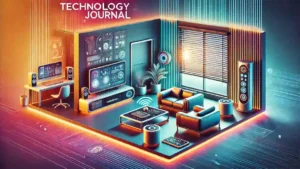
Challenges of Home Automation Systems:
While home automation offers numerous benefits, it’s important to be aware of potential challenges:
Initial Costs and Budgeting
Implementing a home automation system can involve significant upfront costs, especially for larger or more complex setups. However, it’s important to consider the long-term benefits, such as increased energy efficiency and enhanced security, which can offset the initial investment.
Technical Glitches and Troubleshooting
Like any technology, home automation systems can experience occasional technical glitches or connectivity issues. Regular software updates and a reliable internet connection can help minimize disruptions. It’s also helpful to have a basic understanding of troubleshooting techniques or to consult with a professional for assistance.
Privacy and Data Security Concerns
As home automation systems collect and process personal data, it’s crucial to prioritize privacy and security. Choose reputable brands that prioritize data encryption and secure communication protocols. Regularly update your system’s software to address potential vulnerabilities and avoid unauthorized access.
Future Trends in Home Automation:
The future of home automation is bright, with exciting advancements on the horizon:
Integration with Renewable Energy Sources
As the world shifts towards sustainable living, home automation systems are increasingly integrating with renewable energy sources like solar power. By combining smart home technology with solar panels, you can optimize energy consumption, reduce your carbon footprint, and potentially achieve energy independence.
Advanced AI for Predictive Automation
Artificial intelligence is poised to revolutionize home automation. AI-powered systems will be able to learn your habits, preferences, and routines, anticipating your needs and automating tasks before you even think of them. This will create a truly personalized and seamless home experience.
Increased Customization and Personalization
The future of home automation will be characterized by greater customization and personalization. You’ll be able to tailor your system to your specific needs and preferences, creating a unique and comfortable living environment. Whether you prefer a minimalist or a high-tech setup, home automation will adapt to your lifestyle.
Tips for Maximizing the Efficiency of Home Automation Systems:
To get the most out of your home automation system, consider these tips:
Regular Updates and Maintenance
Keep your system running smoothly by regularly updating your devices and the central hub’s software. These updates often include security patches, bug fixes, and new features. Additionally, perform periodic checks to ensure all devices are functioning correctly and make any necessary adjustments.
Optimizing Device Usage
To maximize energy efficiency, create schedules for your smart devices. For example, you can program your lights to turn on at dusk and off at bedtime. You can also set up geofencing to automatically adjust your home’s temperature and lighting based on your location.
Monitoring and Analytics for Insights
Many home automation systems offer analytics tools that provide valuable insights into your energy consumption and device usage. By analyzing these data, you can identify areas where you can make improvements, such as adjusting thermostat settings or optimizing lighting schedules.
Real-Life Applications:
Transforming Ordinary Homes into Smart Homes
Home automation is no longer a futuristic concept. It’s a reality that’s transforming ordinary homes into smart, connected living spaces. Whether you’re a tech enthusiast or simply looking to enhance your daily life, home automation offers a wide range of benefits. From automating routine tasks to creating personalized experiences, the possibilities are endless.
Commercial and Industrial Uses of Automation
Home automation isn’t just for residential settings. Businesses across various industries are leveraging automation to improve efficiency, reduce costs, and enhance security. Smart buildings, for example, can optimize energy consumption, automate lighting and climate control, and provide remote monitoring and control.
Accessible Solutions for Older and Disabled Individuals
Home automation can also play a vital role in improving the quality of life for older adults and individuals with disabilities. By enabling remote control of lights, thermostats, and other devices, automation can increase independence and safety. Voice-controlled systems and intuitive interfaces make it easier for people with limited mobility to interact with their homes.
Conclusion:
Home automation systems are no longer a futuristic concept; they’re a reality that’s reshaping the way we live. By embracing the power of technology, we can create homes that are not only comfortable but also intelligent and responsive. From automating routine tasks to enhancing security and energy efficiency, home automation offers a myriad of benefits. As technology continues to advance, we can expect even more innovative and personalized home automation solutions to emerge.
So, are you ready to embrace the future of home living? By investing in a home automation system, you can transform your house into a smart home that caters to your every need.
FAQs:
1. What is a home automation system?
A home automation system is a network of devices that work together to automate tasks like lighting, temperature control, and security for enhanced convenience and efficiency.
Also Read: The Future of Driving: Exploring the Audi Electric Car
2. How much does it cost to install a home automation system?
Costs vary depending on the complexity and brand. A basic setup might cost a few hundred dollars, while advanced systems can run into thousands.
3. Are home automation systems secure?
While most systems are secure, choosing reputable brands and regularly updating software can enhance security and protect against breaches.
4. Can I install a home automation system myself?
Yes, many systems offer DIY options with simple installation guides. However, professional installation is recommended for complex setups.
5. What are the best home automation systems available?
Popular options include Amazon Alexa, Google Nest, and Samsung SmartThings, each offering unique features and capabilities.
